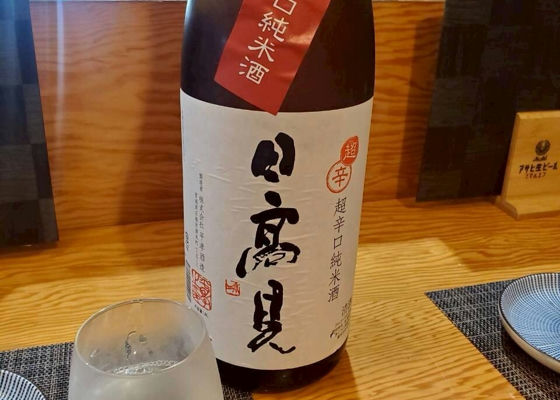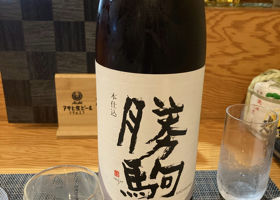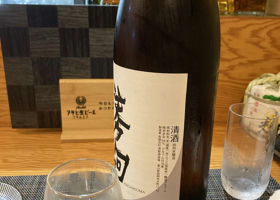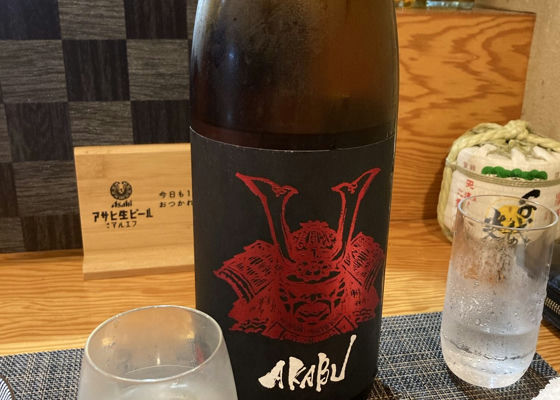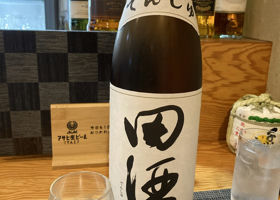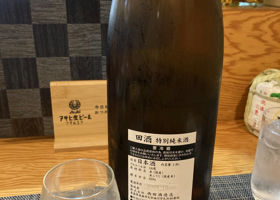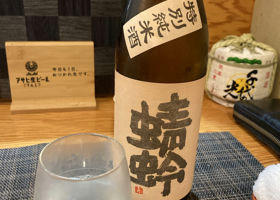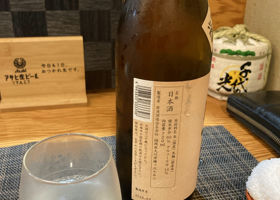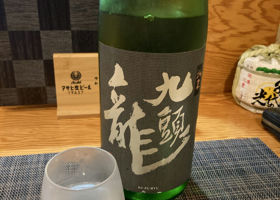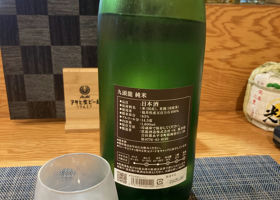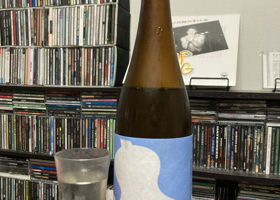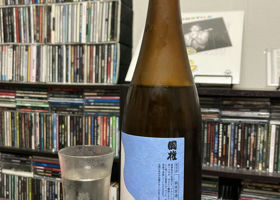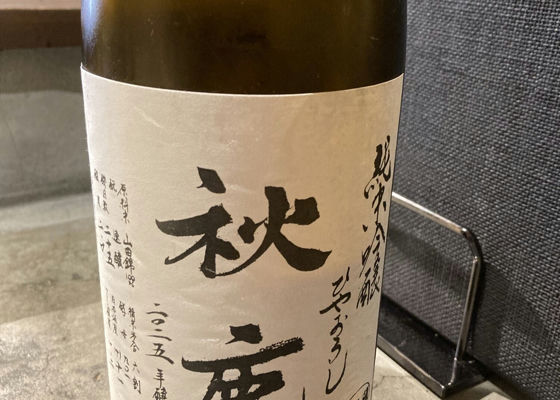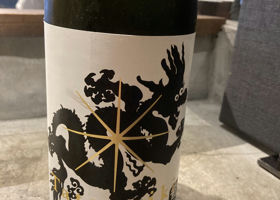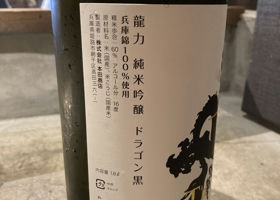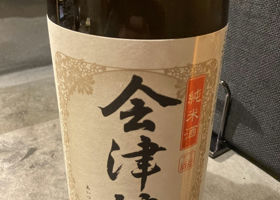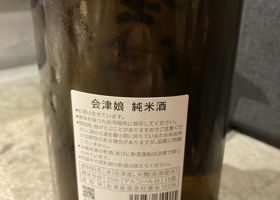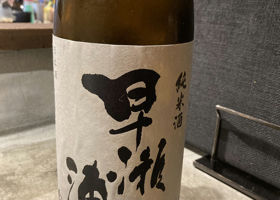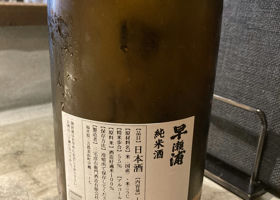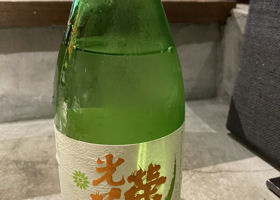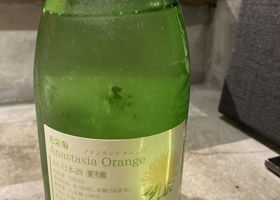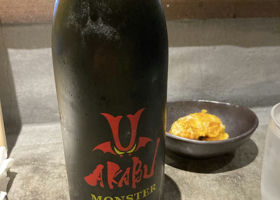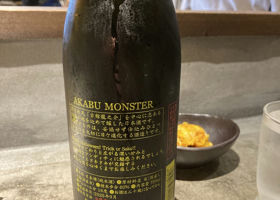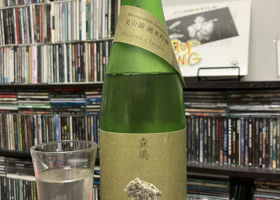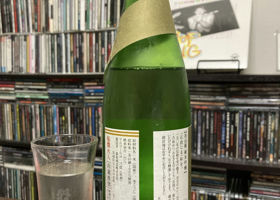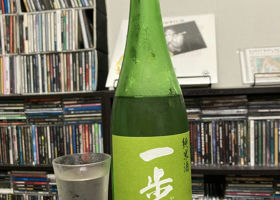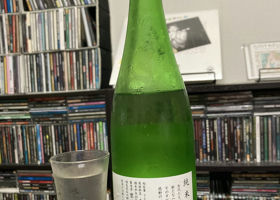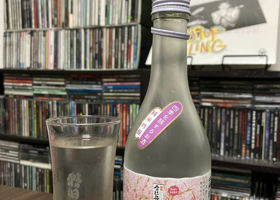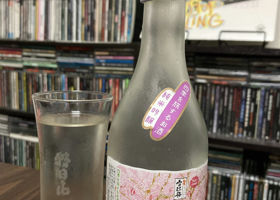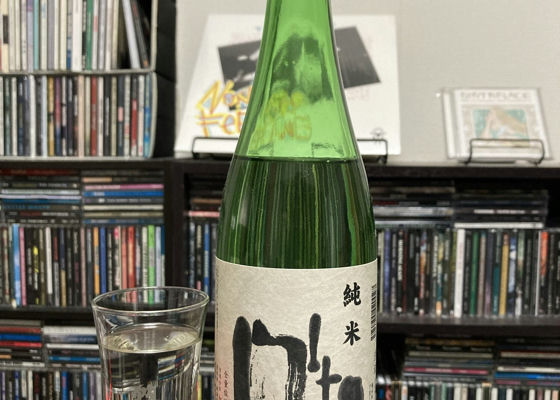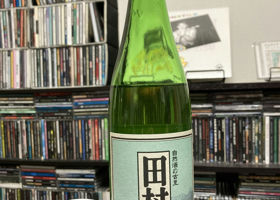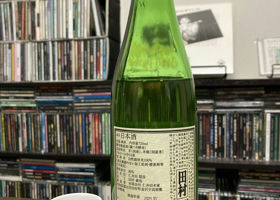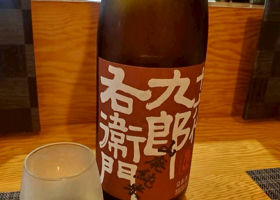
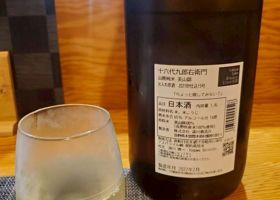
FSB
Birthday celebration at a small restaurant in Joetsu City (8).
We ended with a brand we encountered for the first time.
As soon as I entered the restaurant and sat down, a bottle of Jyushidai sitting on top of the cold case caught my eye.
I was excited to see it listed on the menu, but one of the regulars who was already there asked, "Do you have a bottle of Jyushiro?" and the answer was 🙅♀️.
After my excitement subsided, I looked at the menu again and found a mysterious Shinshu brand that was similar to but not the same as the Jyushiyo.
I wondered what it was, and ordered it at the end of the day.
The glass poured out had a wonderful tortoiseshell color.
There was no doubt about it.
It is rich, yet somehow easy to drink.
The label on the back of the glass reads, "Would you like it heated up a little? I was lured in by those words and asked to try heating it up.
I was invited to try it cold and then heated.
The umami extended, the acidity softened, and it was delicious.
No doubt about it.
It was a very different sake from the Jyushidai, but it was a very nice encounter.
Japanese>English
ジェイ&ノビィ
Hi FSB 😃
You drank a lot in the vicinity of your birthday 🤗Congratulations on your first drink of Kuroemon XVI, which added about two generations to ㊗️ 🎉Not quite the same, but we have some reserved in our fridge 😃...
Japanese>English
FSB
Hi Jay & Nobby!
Thank you for your comment!
We were very grateful for the opportunity to drink a lot of it 🍶 As I said, it's still a great sake for those in the know! I wish we had some on hand 😎.
Japanese>English
